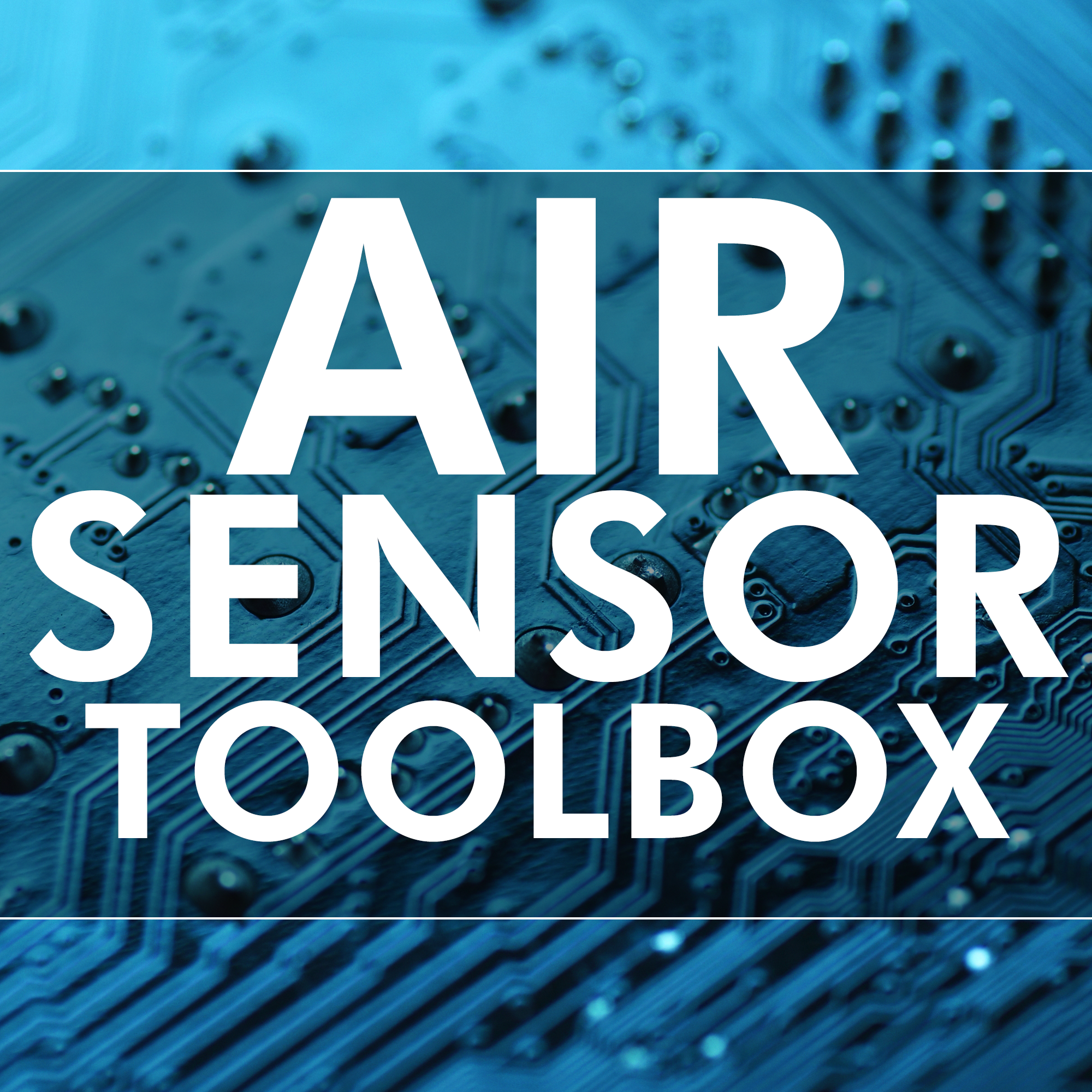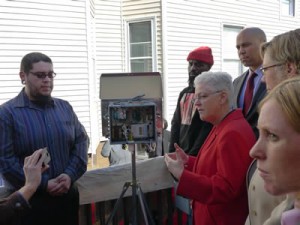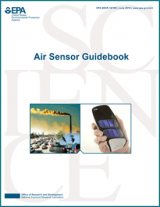
Logo on the Air Sensor Toolbox website.

Logo on the Air Sensor Toolbox website.
The town of Tonawanda, New York, has some of the state’s largest industrial facilities, and in 2004 residents noticed something wrong with the air. Concerned about smells and smoke, they suspected a connection between air quality and chronic health problems in their community.
Organized as the Clean Air Coalition of Western New York, volunteers used simple devices to collect air samples to find out what was in the air. Sure enough, they found high levels of benzene, a known carcinogen.
Based on the results, the New York Department of Environmental Conservation worked with the U.S. Environmental Protection Agency (EPA) to do further air quality monitoring. Ultimately, the Tonawanda Coke Corporation agreed to improve operations, monitor for leaks, and upgrade pollution controls. These efforts helped decrease benzene levels in the air by 86 percent.
Recognizing that the public wants to learn more about local air quality, EPA scientists are exploring the use of emerging technologies for a wide range of air quality measurement applications. The agency's Air Sensor Toolbox provides a one-stop resource with information and guidance on how to effectively collect, analyze, and interpret air quality data from air sensors.
site: Air Sensor Toolbox

Former EPA Administrator Gina McCarthy (in red) meets with community members in Newark, New Jersey.
Photo credit: Marie O’Shea, EPA Region 2.
Initially developed in 2014, the Air Sensor Toolbox website was designed to provide users with informationa about air sensors, guidance on sensor use, assistance with data interpretation, and access to educational and outreach materials.
Since then, the information on the Air Sensor Toolbox has been continuously expanded and refreshed. Today, the Toolbox contains a guidebook which provides a foundation on air quality and using air sensors, educational video series, sensor evaluation reports, data analysis tools, information about ongoing research at EPA, presentations, publications, and expanded educational materials. Select resources are also available in Spanish.
The goal of the Toolbox is to give a diverse audience, from non-technical to technical, the information they need to help support air monitoring projects. For example, users can find information about how to design air monitoring projects, how to ensure high quality data is collected, and how to analyze and interpret their data. Additionally, manufacturers and technology developers can find information about common use cases, user needs, and protocols to evaluate the performance of their technologies. Check back often to find out what new resources have been created to support air quality-related participatory science projects.
Air sensors are inherently different from the higher-cost, climate controlled, well maintained, high quality regulatory-grade instruments used in the National Ambient Air Monitoring program. Sensors often do not have the same control features as regulatory instruments such as the ability to check the flow rates and regulate the relative humidity. Sensors also can be affected by meteorological conditions such as temperature, humidity, and fog, and may be used in different ways such as making mobile and stationary measurements. Often, data from air sensors must be cleaned of suspect data and adjusted to make the data more accurate relative to regulatory monitor data. The information on the Air Sensor Toolbox helps increase awareness of these data quality issues that users need to be familiar with as they plan their projects and interpret the data collected. Careful attention to the data quality issues can help data collected by participatory science projects be more useful to others.
Air quality is fundamental to the health and well-being of the public. The high-quality, regulatory-grade data from the U.S. National Ambient Air Monitoring Network captures the trends in regional air quality. However, air sensors can play a role in supplementing that network with hyper-local air quality measurements. Making measurements where people live, work, and play helps users know more about the air they breathe.
Communities are understandably concerned. As results in western New York and elsewhere show, participatory science can be part of the solution. Advances in the development and availability of air sensors, guidance, and data analysis and visualization tools make it easier for the public to get involved in participatory-based air quality monitoring projects.
In the coming years, EPA will continue to update the Toolbox with new resources and information based on its research on emerging technologies for air quality monitoring. By using air sensors and the information available on the Air Sensor Toolbox, participatory science can help fill in knowledge gaps about the quality of their local air, leading to regulatory action, technology improvements, and improved air quality.

Front cover of the 'Air Sensor Guidebook' published in 2014 to provide information to the public on using air sensors
Andrea Clements
Email: clements.andrea@epa.gov